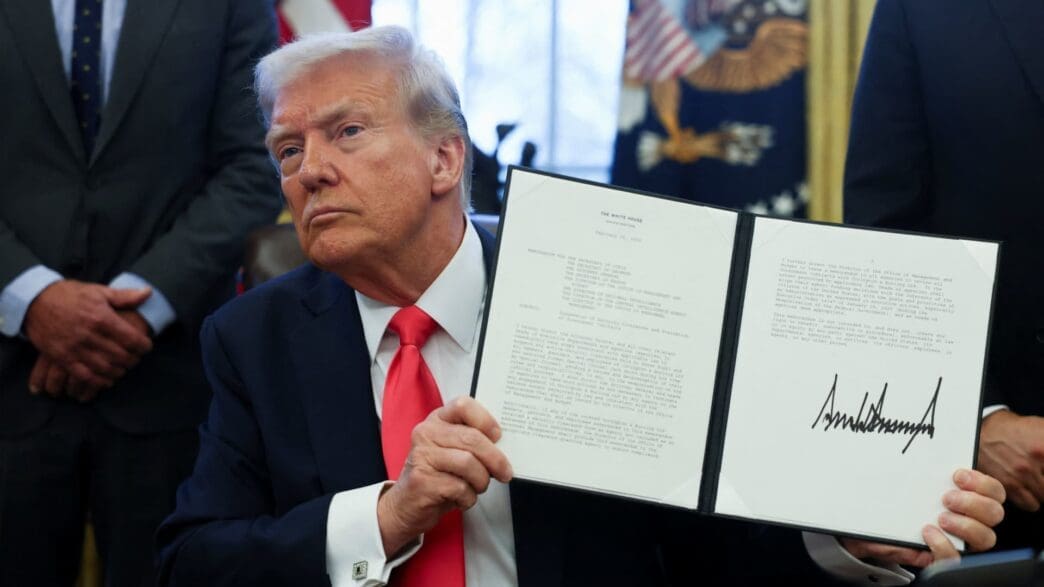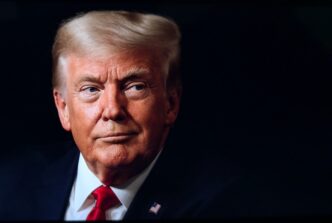WASHINGTON – The Trump administration has reignited its aggressive trade posture, announcing plans to impose a new 25% tariff on goods from key Asian allies Japan and South Korea, effectively ending a 90-day negotiating truce that had temporarily calmed global markets.
On Monday, President Donald Trump began dispatching a series of letters to world leaders, outlining his administration’s intent to move forward with tariffs that were first proposed in April. The 90-day pause on the most aggressive levies, which was set to expire on July 9, has now been extended with a new implementation date of August 1.
The letters reveal little change from the administration’s original “Liberation Day” announcement, which had sparked significant outcry and market turmoil before being suspended to allow for talks. The renewed plan calls for duties of 25% on products made in South Korea and 24% on goods from Japan.
President Trump has consistently argued that such tariffs are necessary to protect American businesses from what he views as unfair foreign competition, and to boost domestic manufacturing and job growth. However, most economists warn that the measures will lead to higher prices for American consumers and businesses, and ultimately reduce overall trade. The market reacted swiftly to the news on Monday, with the three main U.S. share indexes slipping and the U.S.-listed shares of Toyota falling by 4%.
The move targets two of America’s most significant trading partners. Japan sent more than $148 billion in goods to the U.S. last year, making it the country’s fifth-largest supplier of imports, while South Korea also ranks in the top 10.
The administration’s renewed tariff push extends beyond these two nations. On Monday, President Trump also detailed plans for a 40% tariff on goods from Myanmar and Laos, a 30% tariff on products from South Africa, and a 25% tariff on goods from Malaysia. White House Press Secretary Karoline Leavitt confirmed that letters would be sent to roughly a dozen countries, with the notes being shared on social media.
Leavitt pushed back against suggestions that shifting the deadline from July 9 to August 1 weakened the president’s negotiating position. “The president’s phone, I can tell you, rings off the hook from world leaders all the time who are begging him to come to a deal,” she said.
Treasury Secretary Scott Bessent echoed this sentiment, telling CNBC he expected “a busy couple of days.” He added, “We’ve had a lot of people change their tune in terms of negotiations. So my mailbox was full last night with a lot of new offers, a lot of new proposals.”
The administration’s multi-layered trade policy, which includes separate, national security-based tariffs on sectors like steel and cars, has complicated negotiations. The auto tariffs remain a key sticking point in talks with both Japan and South Korea.
To date, the U.S. has secured partial trade agreements with the United Kingdom and Vietnam, and reports suggest a deal with India is close. The European Union is also engaged in talks, and despite President Trump’s recent threat of a 50% tax, reports indicate that EU officials were not expecting to receive a tariff letter on Monday, following what was described as a “good exchange” between the president and European Commission President Ursula von der Leyen.
The renewed threats create another period of intense uncertainty for global businesses and markets as they await the new August deadline, watching to see if last-minute deals can be struck to avert another disruptive round in the ongoing trade wars.








